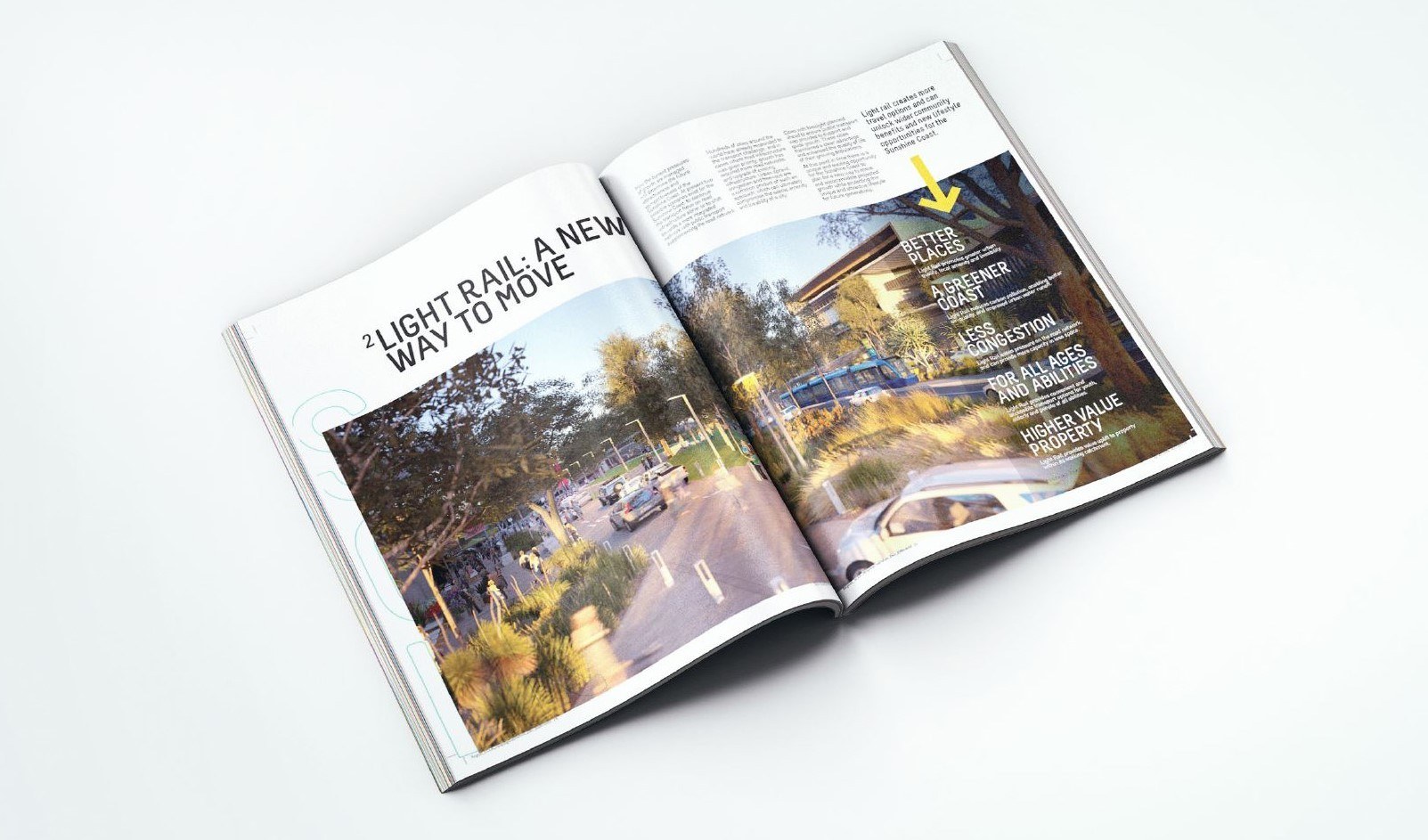What a master plan is supposed to do
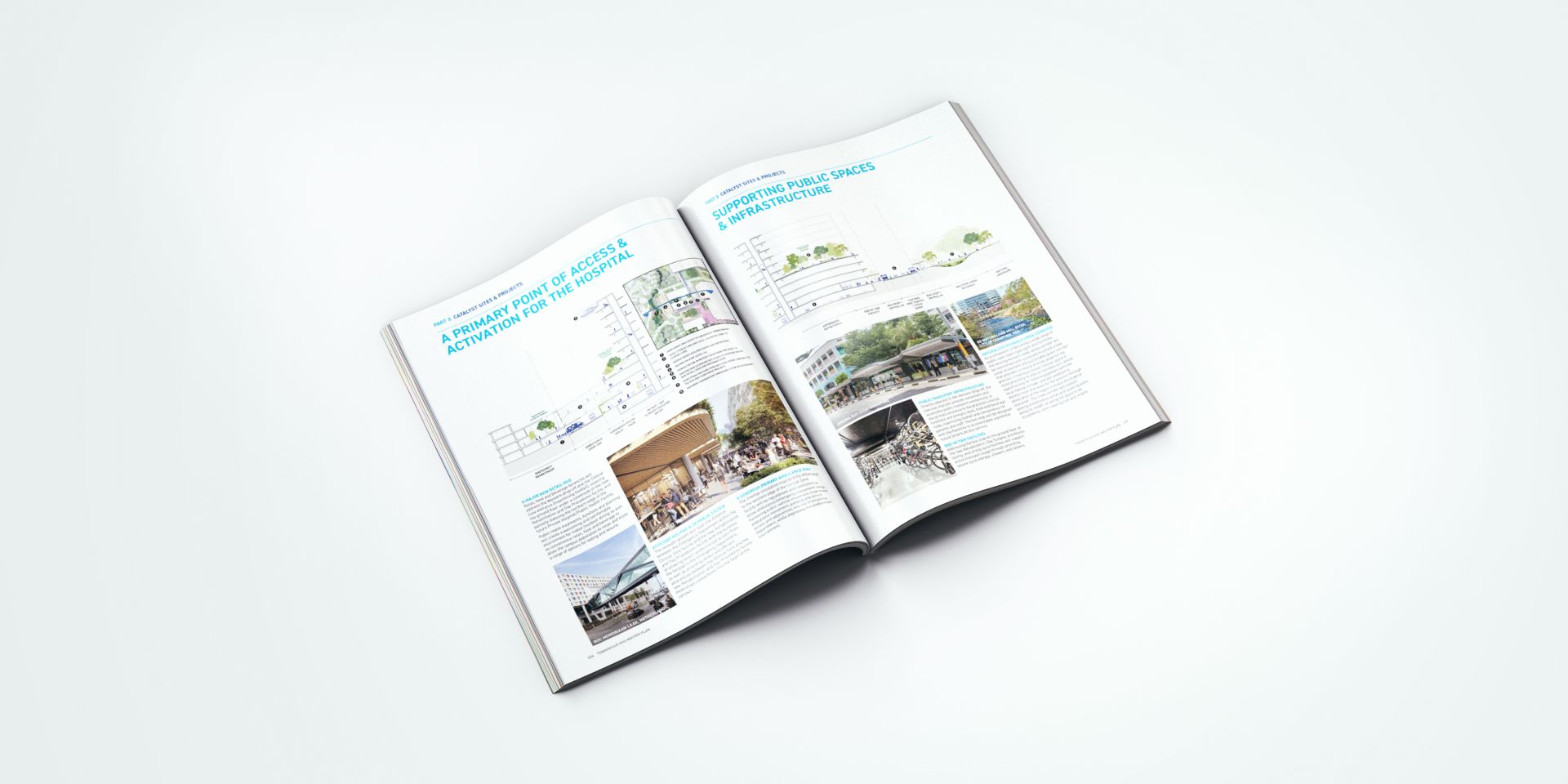
The qualities that actually make something a “master plan” are consistently ill-defined. For some, a master plan is simply a deceptively-pretty image of some buildings, sites and spaces. For others, a 400-page manifesto, containing everything from god’s-eye strategies, down to granular minutia.
By Riley Flanigan, Senior Urban Planner
At best, a master plan is a precinct manager’s most valuable tool. At worst, they can potentially be a wasteful investment. The looseness of jargon allows the quality and scope of the work to vary widely, creating a murky environment for those tasked with procuring master plans, lacking a clear understanding or standard of what outputs, functions and qualities they should be looking for.
There are useful qualities of complex, highly-specialised mixed use precincts, such as health precincts, university campuses, innovation precincts, and airport precincts – essentially any complex precinct where a one-size-fits-all approach to strategy does not suffice. These precincts are the most significant drivers of economic, social and knowledge capital of our cities and deserve to be planned and designed to a level of depth and thoughtfulness that reflects this importance.

Managing modern mixed-use precincts is hard
Have you ever walked around a campus and wondered “why on earth would they do it like this?” From the outside looking in, it’s easy to judge, but managing the evolution of complex precincts is incredibly challenging. Precinct managers have the difficult job of being the connective tissue between an institution’s strategic aspirations and the cold reality of real-world implementation.
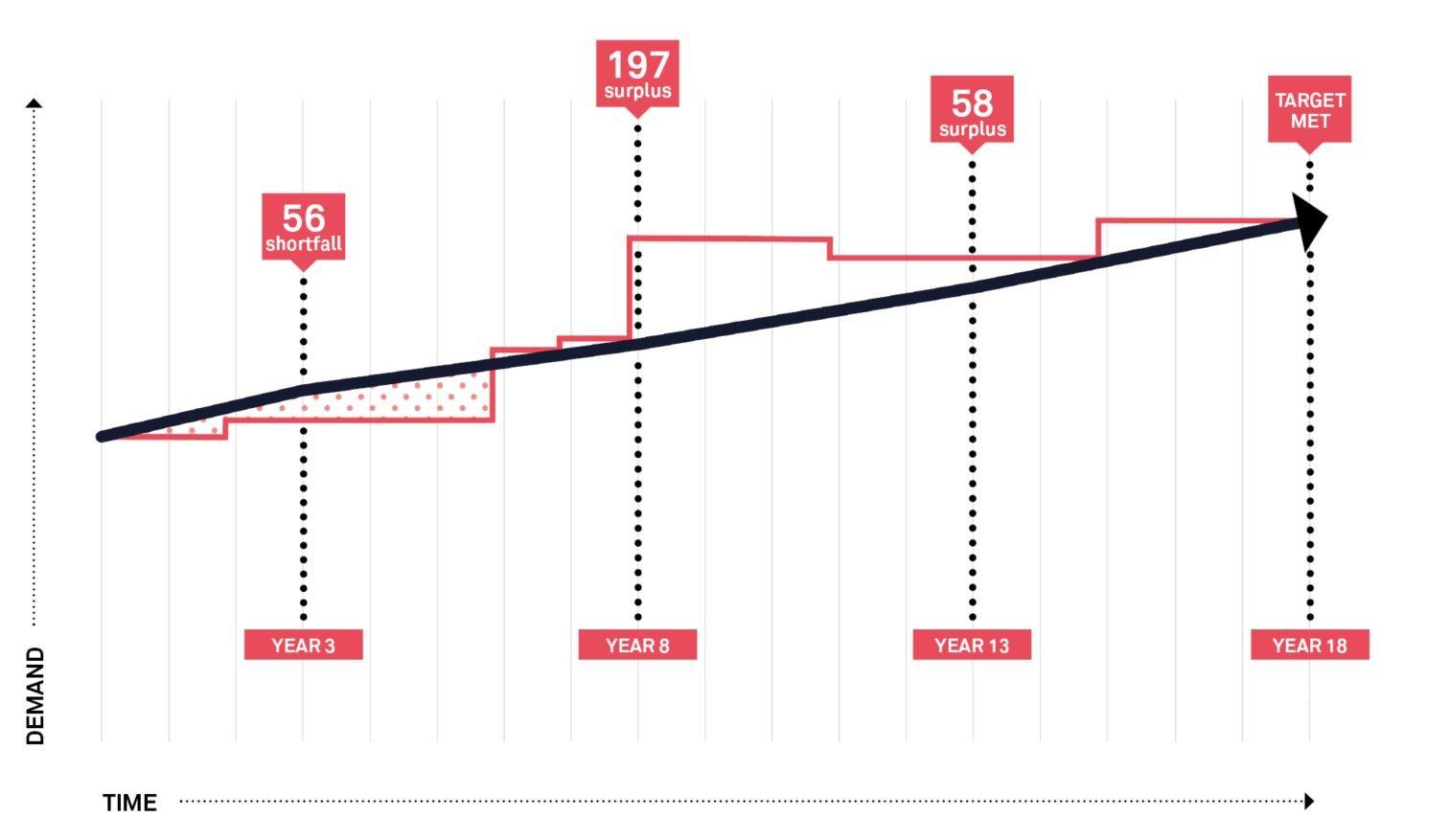
Complex mixed use precincts are never “finished”
The job of a precinct manager is never done. There will never be a day when we can walk away from an airport, a university campus or a health precinct saying “mission accomplished”. Precincts must constantly respond and evolve to growth pressures, contextual issues, new trends and shifting forces in the market. It is the job of the precinct manager and the master plan to proactively navigate this environment in the way that best aligns with the aspirations of the institution.
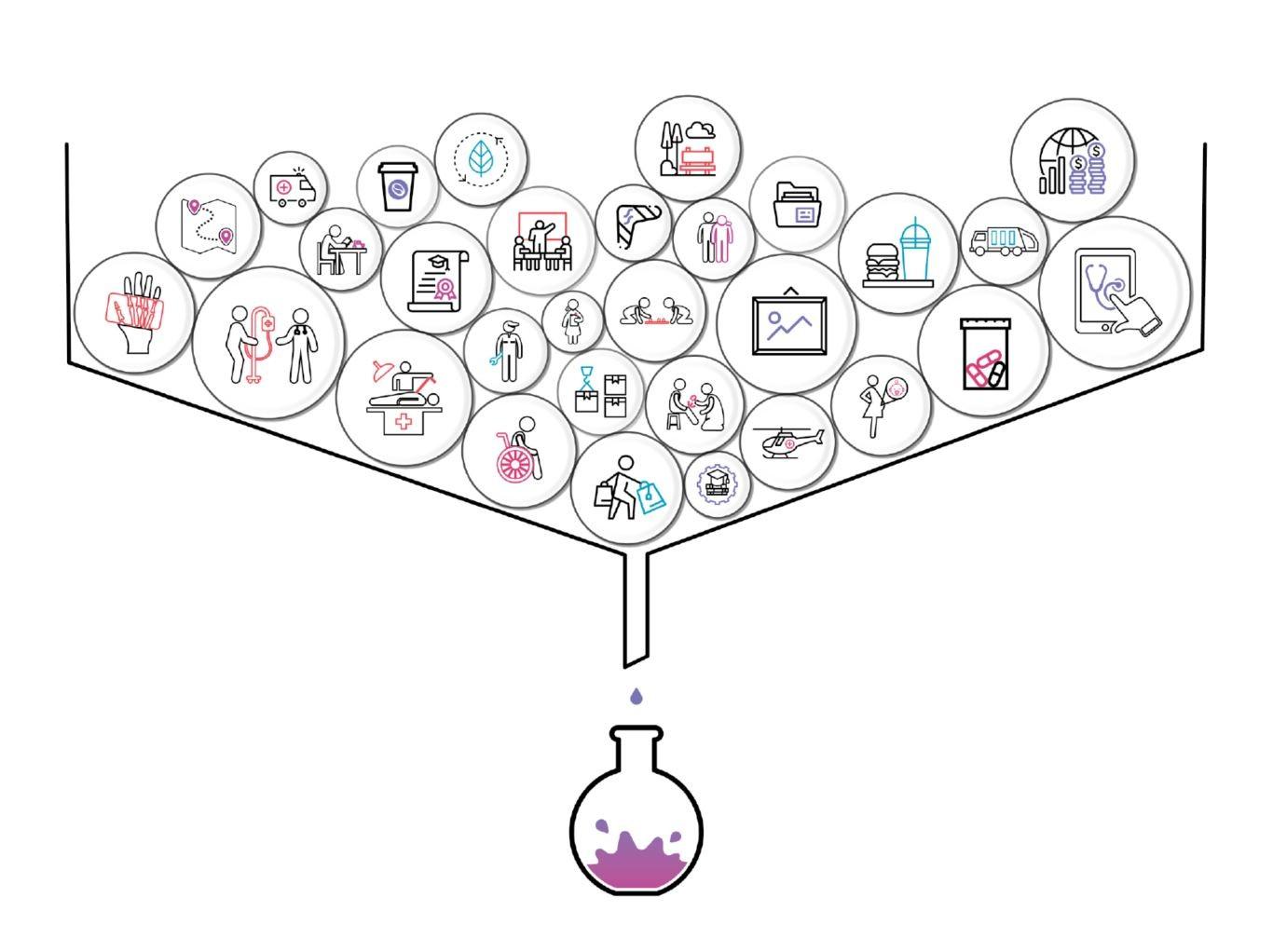
Keeping a complex vision at front of mind at all times is impossible
The demands we ask of our mixed-use clusters have evolved to a level of complexity where it is unreasonable to expect precinct managers to keep these myriad issues and opportunities at front of mind at all times when making decisions. This is the job of a master plan – to stop, take stock and determine the optimal direction of travel, informed by the totality of an institution’s contextual issues, drivers, aspirations and opportunities.
So what makes a good master plan good?
A master plan vision should embody the sum of the inputs that fed into the master plan, distilling them into a strategic framework and responds to them at every opportunity – comprehensively implementing the vision across the institution, at every scale of operation. Whether we’re talking about a minor landscape upgrade, or a $300m facility – every decision of significance should be shaped by the process that created the master plan. It is this holistic, all-encompassing approach that allows an institution to make difficult decisions quickly and with confidence in the direction of travel, despite the complexity at play.
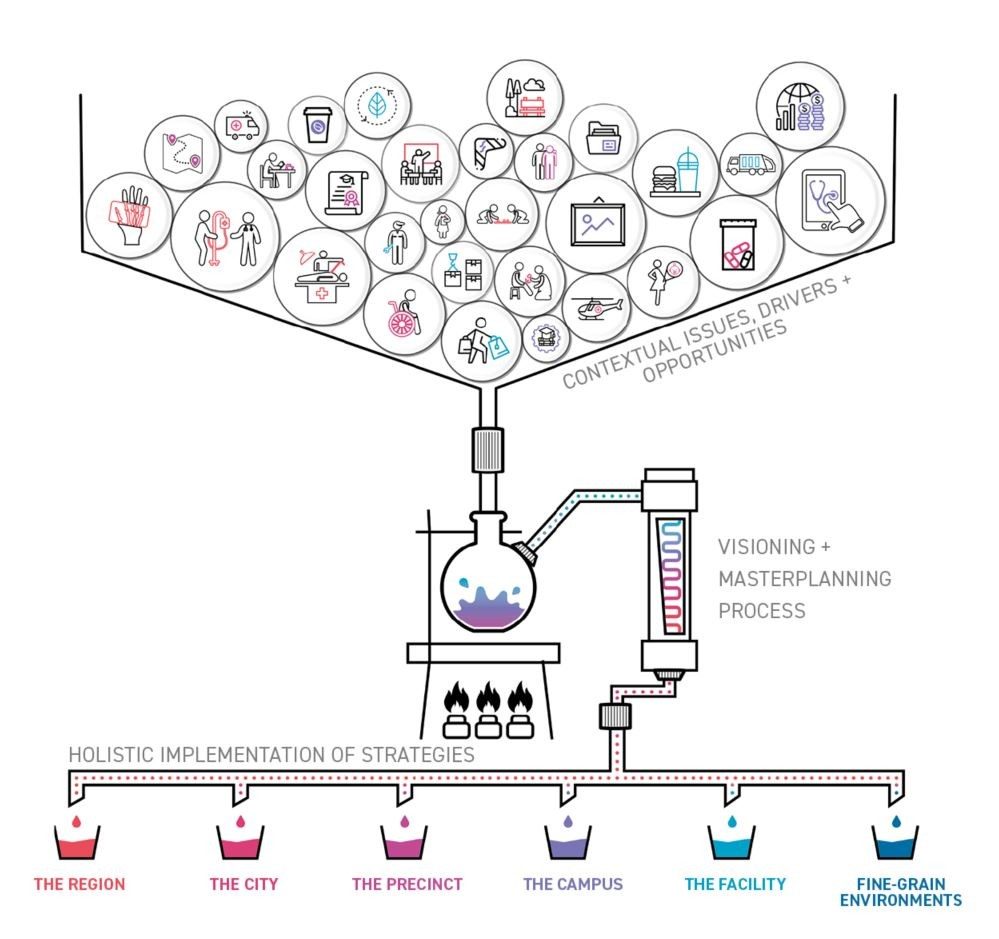
Values matter, so put the user experience first
Values play a powerful role in shaping projects, especially when planning and designing a long term vision for an entire institution. To paint with a very broad brush, engineering-led firms tend to prioritise the “stuff” of a master plan – aka the infrastructure, the facilities and the modelling. Every type of consultant believes that their expertise is the most important lens to view the world through. To put my cards on the table, I believe that the highest value driving precinct planning and design should be the experience, the needs and the values of the end user. The end user is ultimately the customer that drives the success of the precinct. So a master plan that does not reflect the needs and values of the end user will struggle to compete, attract visitors and retain key workers. While cold reality will inevitably get in the way of our highest aspirations – it’s always better to work backwards from an ideal end state that prioritises the user experience, than an infrastructure-led scheme that is only concerned with the quantitative.
A flexible, adaptable framework
Beware the master plan that promises certainty or relies heavily on a complex sequence of stages. Only one thing is certain – exactly 0% of master plans are followed to the letter of the law. Recessions, elections, pandemics and all of the wonderful things life has to offer will challenge assumptions and cause priorities to change. Master plans that do not allow for the maximum range of motion to pivot when necessary are inherently destructive in how they can limit the ability to respond to crises.
More detail on near-term projects
The highest priorities of a complex, mixed use precinct are generally the first five years of projects. These are often long-overdue interventions that address the most pressing capacity shortfalls. With this in mind, a useful master plan should provide additional content and detail to better brief these projects and build momentum.
A bespoke staging strategy
There is no single way to approach staging. When considering how to implement a complex mixed use precinct master plan, the staging strategy should be bespoke to reflect the contextual issues of the precinct, such as maintaining continuity of key operations, working within the constraints of the funding environment, meeting pressing capacity issues etc. Throughout the course of a project, these priorities will identify themselves and a process of layering them on top of one another will reveal the optimal path forward.

A clear, communicative & persuasive tool for advocacy
A useful master plan is designed with a full appreciation of its role as a communicative tool in bidding for funding, attracting investment, advocating for political and community support and achieving internal stakeholder consensus. Precinct managers themselves need to be able to effectively communicate the vision and important ideas in a succinct and engaging way, whether in a board meeting, or an elevator pitch. The power of engaging visual communication, narrative storytelling, clear messaging, and persuasion to make the critical difference in advocacy cannot be understated.
Briefs matter
The qualities explored above are not found in every master plan, nor are they needed for every master plan. Each master plan is bespoke. The quality and scope of master plans vary widely, so being able to articulate the right outcomes in a brief is critical. If time is invested into this stage of the process, the impact will be seen across all future elements of the project.
